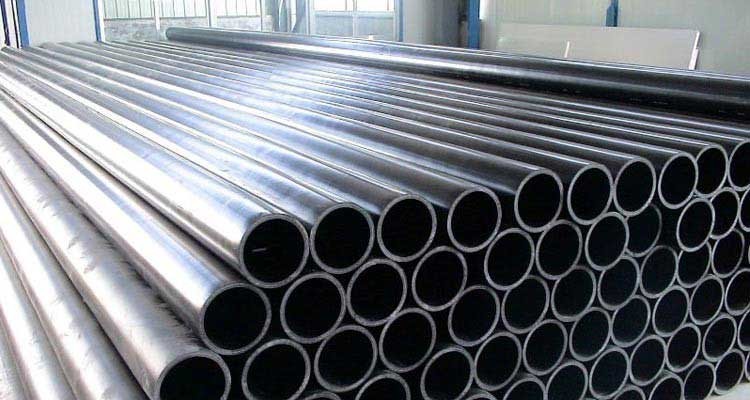The benefits of thermoplastic piping are significant and will turn manufacturing more and more in favor of its use. Features of thermoplastic can produce considerable cost savings while also increasing piping system reliability. This article will discuss a few of the many benefits of using thermoplastic piping systems.
Corrosion Resistance
Plastics are non-conductive, which makes them immune to galvanic and electrolytic corrosion. Plastic piping materials are so corrosion-resistant that they can be buried in alkaline or acid soils or installed in above-ground environments with no paint or special coating required.
Lightweight
The majority of plastics are a minimum of 1/8 the weight of metal piping. As a result, there is less freight costs. The advantage of lightweight material allows easier installations in close quarters and doesn’t require expensive lifting equipment.
Optimal Flow Rates
The interior wall of all plastic pipes has a Hazan and Williams C Factor of 150 or higher. As a result, less energy or horsepower is required to transfer fluids or smaller diameter piping may be used resulting in cost savings.
Low Thermal Conductivity
All plastic piping has low thermal conductance. This means more uniform temperatures when transporting fluids. Minimal heat loss through the pipe wall of plastic piping can eliminate or greatly reduce the need for piping insulation.
Chemical Resistance
The various common plastic piping materials allows most chemicals at moderate temperatures to be successfully handled. The plastics industry has a listing of numerous chemicals that may be compatible with a given plastic, which helps to eliminate the guess work for end users and specifiers.
Variety of Leak Tight Joining Methods
Plastic piping can be joined in a few several leak proof ways including being solvent cemented, heat-fused, threaded, flanged and mechanically coupled. These methods provide easy joining and adaptability to other non-plastic piping materials.
Abrasion Resistance
The molecular toughness and inner bore smoothness of plastic pipe makes it great for abrasion-resistant applications such as fly ash and bottom ash as well as many other abrasive slurries and solutions.
Color Variety
The plastic piping extrusion process allows color to be an integral and homogeneous part of the piping. No external painting is required. Vibrant colors are particularly important and available for underground installations, so as to be highly visible when contracts are excavating. This allows the contractors to easily see the pipe preventing pipe damage and minimizing any safety concerns.
Flexibility
Compared to other piping materials, thermoplastic piping materials are relatively flexible. This feature, along with optimal flow rates, allows some plastic pipe to be used as insertion liners in existing non-plastic piping. In addition, the flexibility of plastic piping in underground piping reduces the use of fittings with the allowable bending radius in plastic pipe to as little as 20 times the outside diameter of the pipe.
These are just a few of the many benefits of using thermoplastic piping systems. Contact Bryan Hose & Gasket with the link below for more information!

